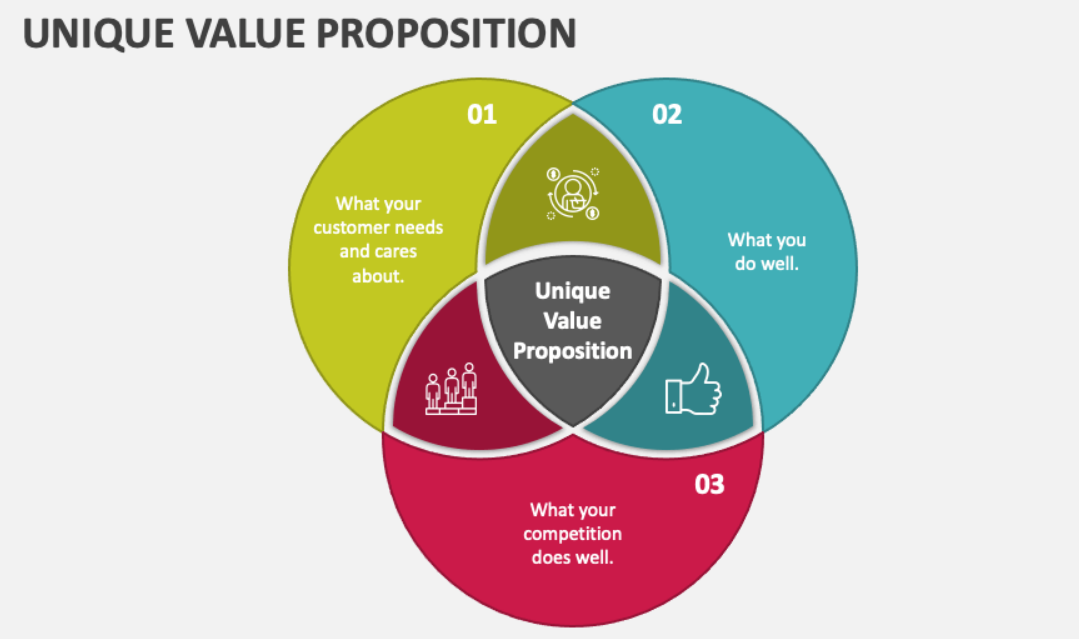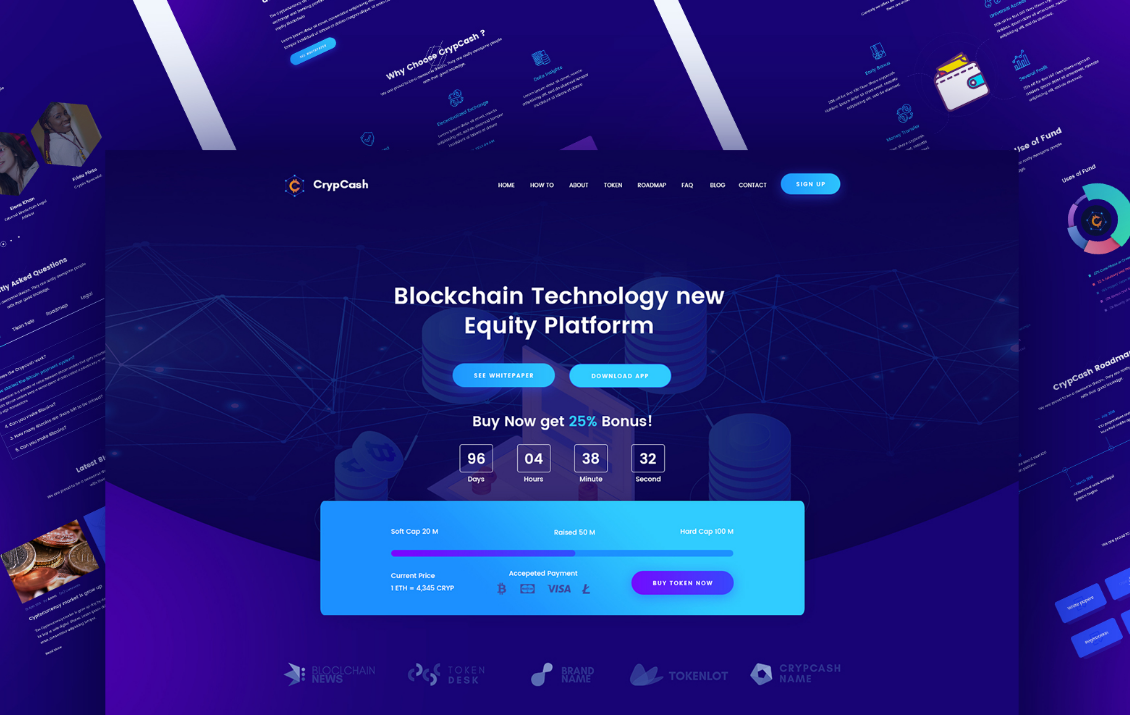
Decentralized Physical Infrastructure Networks (DePIN) represent a groundbreaking shift in how physical infrastructure is managed. And marketing plays a crucial role in the growth and adoption of DePINs.
Given the novelty and complexity of decentralized networks, effective marketing is essential to educate potential users, stakeholders, and investors about their benefits and applications. Marketing in the DePIN space involves more than just promoting a product. It requires creating a comprehensive narrative that highlights the transformative potential of decentralization.
Understanding DePIN
Unlike traditional centralized systems, where infrastructure is controlled and operated by a single entity, DePIN leverages decentralized technology to distribute control and ownership across a wide array of participants. This decentralization is achieved through blockchain technology, which ensures that no single party has overarching control, thereby increasing transparency, security, and efficiency.
In essence, DePINs are networks of physical devices - such as sensors, routers, or servers - that are interconnected and managed through decentralized protocols. These networks can be applied in various fields, including telecommunications, energy distribution, transportation, and beyond. The decentralized nature of these networks fosters greater collaboration, innovation, and resilience, making them a vital component of the future technological landscape.
Marketing Strategy Development
By effectively communicating the benefits, addressing the challenges, and engaging with communities, marketers can significantly contribute to the widespread adoption and advancement of decentralized infrastructure networks.
Several challenges unique to DePIN marketing need to be addressed:
- Educational Barrier: Many potential users and investors are unfamiliar with the concept of DePIN and how it differs from traditional centralized systems. Clear and informative marketing materials are needed to bridge this knowledge gap.
- Trust Building: Decentralization can be perceived as risky due to its relatively new and evolving nature. Marketing strategies must focus on building trust and demonstrating the security and reliability of DePINs.
- Community Engagement: Success in the DePIN ecosystem heavily relies on active and engaged communities. Marketing efforts must include strategies to foster community involvement and support.
At the same time, DePIN marketing presents unique opportunities:
- Innovative Storytelling: Marketers have the chance to craft compelling stories about how DePINs can revolutionize various industries, driving engagement and interest.
- Leveraging Technology: Utilizing advanced digital marketing techniques, including AI and data analytics, can help target and reach the right audience more effectively.
- Building a Movement: DePIN marketing is not just about selling a product; it’s about creating a movement towards a more decentralized and equitable infrastructure ecosystem.
Identifying Target Audiences
Key Stakeholders in DePIN Ecosystems
To effectively market DePIN projects, it is crucial to identify and understand the key stakeholders involved. These typically include:
- Developers: They are the backbone of any DePIN project, responsible for building and maintaining the infrastructure. Effective marketing to developers involves highlighting technical capabilities, innovation potential, and offering resources such as developer documentation and API access.
- Investors: They provide the necessary funding and financial support. Marketing to investors should focus on the project's profitability, potential for growth, unique value propositions, and risk mitigation strategies. Clear, transparent financial projections and success stories can be particularly persuasive.
- End-Users: The ultimate consumers of the services provided by the DePIN project. Marketing efforts should address their needs, convenience, and the benefits they stand to gain, such as lower costs, improved service quality, and enhanced privacy and security.
Segmentation Based on Demographics, Interests, and Behavior
Effective marketing requires precise audience segmentation. By understanding the demographics, interests, and behaviors of potential stakeholders, marketing strategies can be tailored to resonate more effectively. Key segments include:
- Demographics: Age, gender, location, and professional background can influence how different groups interact with DePIN projects. For example, younger audiences might be more tech-savvy and open to innovative solutions.
- Interests: Interests can include a focus on technology, financial investment, environmental sustainability, or privacy concerns. Tailoring messages to these interests can increase engagement.
- Behavior: Understanding user behavior, such as online activity, purchase history, and engagement patterns, allows for more targeted marketing efforts. For instance, frequent users of blockchain technologies may respond better to technical content and updates.
Brand Positioning and Messaging
A unique value proposition (UVP) is the foundation of effective brand positioning.

For DePIN projects, the UVP should clearly articulate the distinctive benefits of decentralized infrastructure over traditional, centralized systems. Key elements to highlight include:
- Enhanced Security and Privacy: Emphasize how decentralized networks reduce the risk of single points of failure and enhance data privacy.
- Cost Efficiency: Showcase the potential for lower operational costs due to the distributed nature of the network.
- Empowerment and Inclusivity: Highlight how DePIN democratizes access to infrastructure, enabling broader participation and innovation.
A compelling brand narrative weaves the UVP into a story that resonates with the target audience. The narrative should:
- Tell the Origin Story: Explain the motivation behind the creation of the DePIN project. Share the founders’ vision and the problems they aim to solve.
- Illustrate Impact: Use real-world examples and case studies to demonstrate the positive impact of DePIN on communities and industries.
- Inspire Action: Convey a sense of urgency and inspire the audience to join the movement towards decentralized infrastructure.
Content Marketing for DePIN
Educational Content
Creating informative and engaging blog posts is essential for educating your audience about DePIN projects. Effective blog content should:
- Explain Key Concepts: Break down complex ideas into easily understandable terms. Topics might include “What is DePIN?” or “How DePIN is Revolutionizing Telecommunications.” Use real-world examples to illustrate these concepts, making them relatable and easier to grasp.
- Provide Project Updates: Regularly update your audience on project milestones, new features, and roadmap progress. This helps maintain transparency and keeps your audience engaged. Consider creating a series of posts that follow the project's development journey.
- Share Insights and Trends: Discuss industry trends, emerging technologies, and the future of decentralized networks. Provide analysis and expert opinions to position your blog as a go-to resource for industry insights. This can include predictions, market analysis, and commentary on recent developments.
Whitepapers offer in-depth analysis and are crucial for detailing the technical and strategic aspects of DePIN projects. A good whitepaper should:
- Detail Technical Specifications: Provide comprehensive technical details about how the DePIN system works, including blockchain integration and smart contracts. Use diagrams and flowcharts to visually explain complex processes.
- Highlight Benefits: Clearly outline the advantages and potential impact of the project. This should include economic benefits, security improvements, and technological advancements. Make the case for why your DePIN project stands out from competitors.
- Include Case Studies and Data: Use real-world examples and statistical data to support claims. This could involve detailed case studies showing how similar technologies have succeeded and the measurable benefits they have provided.
Webinars allow for real-time engagement and deeper exploration of DePIN topics. Effective webinars should:
- Feature Expert Speakers: Invite industry experts, project developers, and thought leaders to share their insights. This lends credibility to your project and provides valuable perspectives.
- Interactive Q&A Sessions: Allow attendees to ask questions and interact with speakers. This enhances engagement and provides direct value to your audience. Consider using live polls and interactive elements to make sessions more dynamic.
- Recorded Sessions: Make recordings available for those who cannot attend live, expanding your reach. Provide summaries and key takeaways to encourage those who missed the live event to engage with the content later.
Industry News and Thought Leadership Pieces
Stay at the forefront of industry developments by:
- Publishing Regular Updates: Share news about regulatory changes, technological advancements, and market trends. Analyze how these changes might affect your project and the DePIN landscape.
- Analyzing Trends: Provide in-depth analysis of how current trends might impact the DePIN ecosystem. Discuss potential future scenarios and the implications for stakeholders. Use data and expert opinions to support your analysis.
Position your project as a thought leader by:
- Sharing Thought Leadership Articles: Publish articles that offer unique insights and expert analysis on relevant topics. This can include deep dives into specific technologies, market forecasts, and strategic advice.
- Guest Contributions: Invite industry experts to contribute guest posts, expanding your network and credibility. These contributions can bring new perspectives and insights, enhancing the value of your content.
Leveraging Multimedia

Create engaging and informative video content:
- Explainer Videos: Short videos that explain complex concepts in simple terms. These are great for introductory content that can be easily shared on social media.
- Interviews and Webinars: Record and share interviews with experts and webinar sessions. These can provide deeper insights and showcase the expertise behind your project.
- Product Demos: Showcase your project's features and functionalities through detailed demonstrations. Highlight real-world applications and benefits to show potential users how they can utilize your project.
Use visually appealing infographics to:
- Simplify Complex Information: Break down data and processes into easy-to-understand graphics. Infographics are great for summarizing whitepapers, reports, and blog posts.
- Highlight Key Statistics: Use visuals to emphasize important statistics and benefits. This can make data more engaging and easier to remember.
Launch podcasts to reach audiences who prefer audio content:
- Discuss Relevant Topics: Cover topics such as industry news, project updates, and expert interviews. Provide valuable content that listeners can consume while on the go.
- Flexible Consumption: Provide content that can be consumed on the go, catering to busy professionals. Ensure that your podcast is available on popular platforms like Apple Podcasts, Spotify, and Google Podcasts.
Marketing Channels
Digital marketing is crucial for reaching a tech-savvy audience. Key tactics include:
Select platforms that align with your target audience and goals:
- Twitter: Ideal for quick updates, news, and engaging with a broad audience. Use Twitter to share real-time updates, industry news, and engage in conversations.
- LinkedIn: Best for professional networking, thought leadership, and B2B marketing. Share long-form content, case studies, and whitepapers to engage with a professional audience.
- Reddit: Great for in-depth discussions and reaching tech-savvy audiences. Participate in relevant subreddits, host AMAs (Ask Me Anything), and engage with the community.
- Telegram: Effective for building a dedicated community and direct communication with users. Use Telegram to share updates, gather feedback, and foster a sense of community among your users.
- Email Marketing
Use email campaigns to nurture leads, share valuable content, and keep subscribers informed about project developments.
- SEO (Search Engine Optimization)
Optimize website content for relevant keywords to improve search engine rankings and drive organic traffic.
Community Building and Engagement
In a DePIN system, personal identity and related data are managed in a decentralized fashion, typically using blockchain technology, to enhance security and user control. This approach shifts the focus from traditional centralized data management to a user-centric model that emphasizes community management and trust-building.
Here's a deeper dive into how community building and engagement play out in DePIN marketing.
Establishing Trust Through Transparency
By using blockchain or similar technologies, DePIN initiatives ensure that the data handling is transparent and auditable by all members. This transparency helps in building trust among the community members as they can see and verify the data transactions independently.
Community members typically have control over their data, deciding how and with whom to share their personal information. This empowers users and encourages a sense of ownership and responsibility within the community.
Encouraging Participation with Incentives
Many DePIN projects use tokens or digital assets as incentives for participation and contribution. These tokens can often be used within the community for accessing specific services, voting on important issues, or traded externally.
Contributors who help in maintaining and updating the network, such as validators or data curators, can receive incentives, promoting active participation and sustained engagement.
Building a Shared Community Vision
Effective governance models are crucial in DePIN projects. These models often rely on community voting to make decisions on key issues, thereby fostering a democratic environment where every member’s voice can be heard.
Many DePIN initiatives encourage open-source development environments where community members can propose, develop, and integrate new features, fostering a collaborative atmosphere.
Using Community Feedback for Improvement
Regular surveys, feedback tools, and open forums are vital for understanding community needs and challenges. This feedback loop helps in making necessary adjustments to the system, improving user satisfaction and engagement.
Launching new features in beta mode within the community allows for real-world testing and valuable insights from active users, which can be used to refine and optimize the offerings.
Concluding Remarks
Effective marketing strategies are paramount to the success and adoption of DePIN innovative projects. By understanding the core components of DePIN, identifying and targeting the right audiences, and employing a robust content marketing strategy, projects can achieve greater visibility, credibility, and engagement.
As the decentralized infrastructure revolution progresses, those who prioritize thoughtful and proactive marketing strategies will be well-positioned to lead the way.




